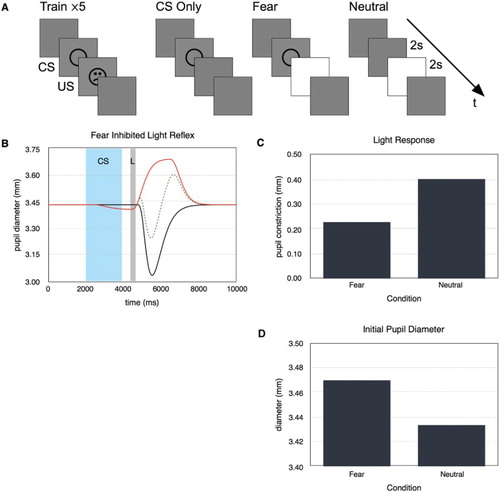Figures & data
Figure 1. Model of the pupil control network. L/R: Left and right visual fields of the retinas, PTA: Pretectal area. EWpg: Edinger–Westphal nucleus, preganglion portion, CG: ciliar gangion, SCG: superior cervial ganglion, IML: intermediolateral column of the spinal cord, CB: cerebellum, LH: lateral hypothalamus, DMH: dorsomedial hypothalamus, VLPO: ventrolateral preoptic nucleus, SCN: suprachiasmatic nucleus, PVN: paraventricular nuclues. Except for the parasympathetic and sympathetic portion of the model, we do not separate the left and right parts of the included structures.
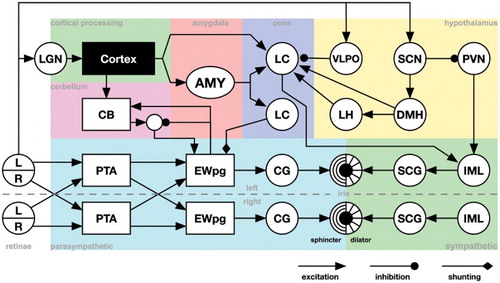
Figure 2. The stimuli used for the simulations. The top row consists of different symbols, all 50% grey except the second sun symbol which is 75% grey. The happy and sad faces were assigned emotional values of 1, 0.5, −0.5 and −1 respectively. All other stimuli were neutral. The second row consists of grey scale images from 0% to 100% white.

Figure 3. Results of simulation 1. ( A) The light reflex for different light intensities. L: light stimulus. ( B) The response latency for different light intensities. ( C) Reflex magnitude as a function of light intensity.
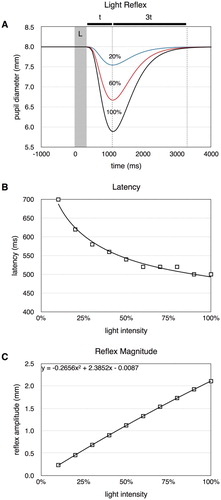
Figure 4. ( A) Stimulus sequences used in simulation 2. Each stimulus is repeated twice. ( B) Results of simulation 2. The pupil dilation is largest for the first presentation of each stimulus.
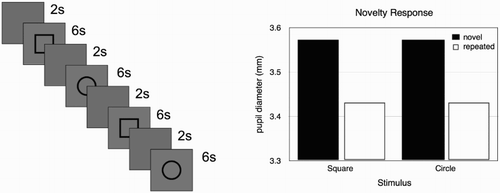
Figure 5. ( A) Stimuli in simulation 3. ( B) Results of simulation 3. The pupil dilation reflect the valence of each stimulus but not its polarity. The pupil dilation for the neutral stimulus is caused by novelty alone.
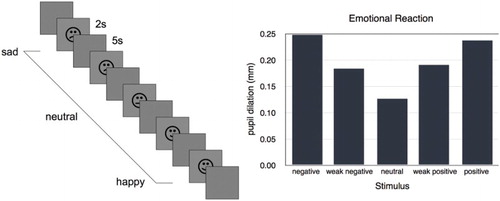
Figure 6. ( A) Stimulus sequences used in simulation 4. ( B) Results of simulation 4. The pupil diameter for each stimulus presentation. The first trial results in larger dilation because of the novelty of the two stimuli. In trial 11, the sun stimulus is darker than before, but the pupil still contracts as a result of the expected brightness for this pattern, although not as much as for the brighter sun image presented before. ( C) The output from CB for each trial. When the sun stimulus is darker than expected (trial 11), the response increases to compensate and generates a light response to the sun stimulus even though its brightness is identical to the moon stimulus that does not generate any reaction.
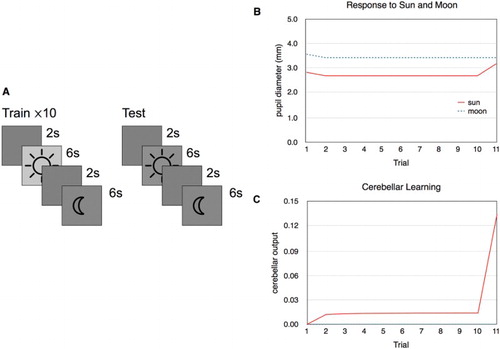
Figure 7. (A) Stimulus sequences used in simulation 5. (B) The pupil diameter over time for CS Only (upper), fear (middle), and neutral (lower) conditions. (C) The light reflex was attenuated in the fear condition compared to the neutral. (D) The initial pupil diameter was higher in the neutral condition compared to the fear condition.
